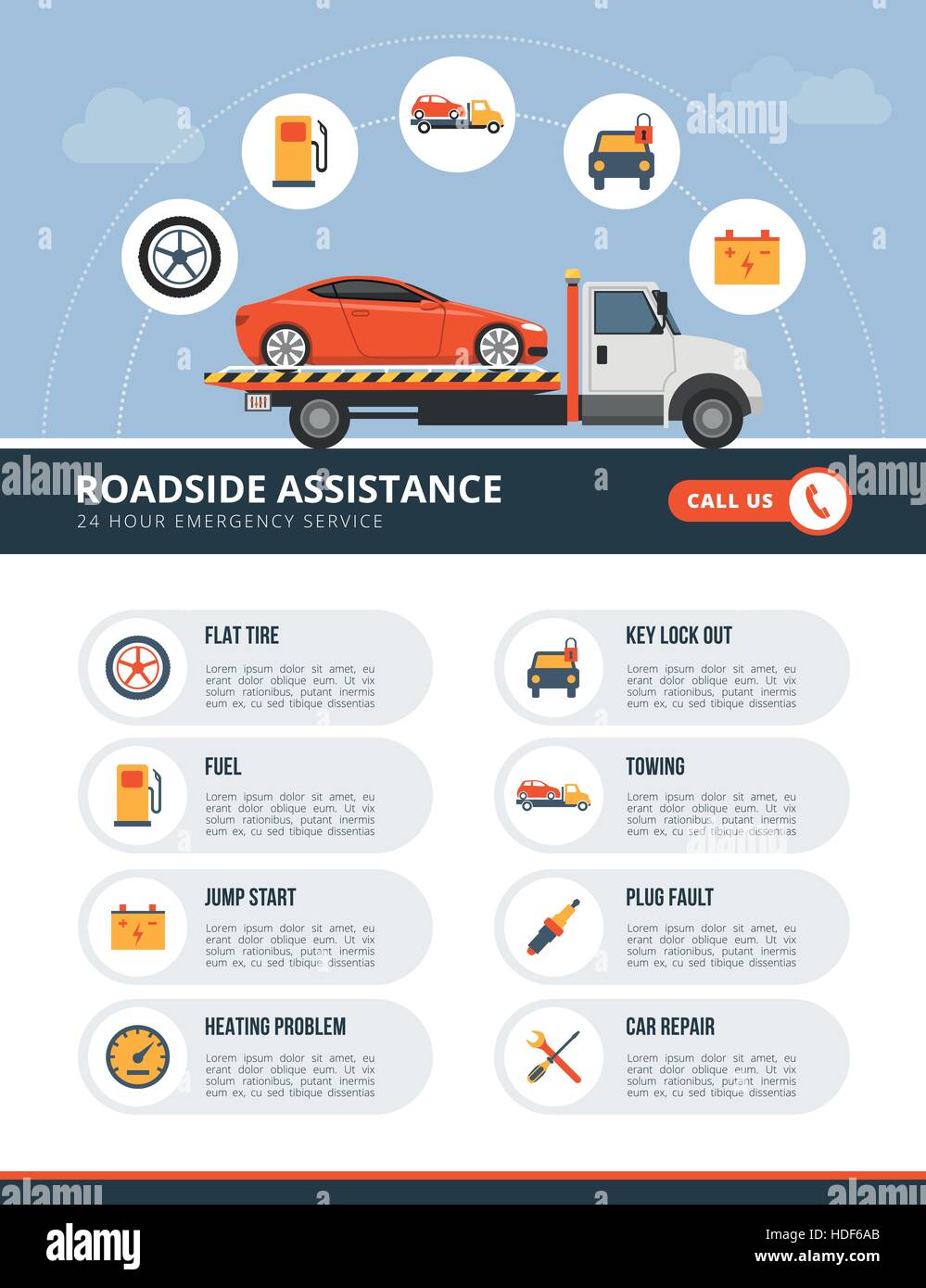Assessing Your Cars And Truck'S Warning Indicators: What They Actually Convey
Assessing Your Cars And Truck'S Warning Indicators: What They Actually Convey
Blog Article
Web Content Create By-Hartley Torres
When you lag the wheel, those glowing warning lights on your control panel can be a bit bewildering. Do you recognize what they're trying to inform you about your auto's wellness? Understanding the significance of these lights is vital for your security and the longevity of your vehicle. So, the following time among those lights appears, would not you wish to understand its message properly and take the needed steps to resolve it?
Common Caution Lights and Interpretations
Determine common warning lights in your car and understand their significances to make sure risk-free driving.
The most typical warning lights consist of the check engine light, which signifies problems with the engine or emissions system. If this light begins, it's crucial to have your vehicle inspected quickly.
The oil pressure warning light indicates reduced oil pressure, calling for instant attention to stop engine damages.
A blinking battery light could suggest a damaged billing system, potentially leaving you stranded if not attended to.
The tire stress surveillance system (TPMS) light signals you to low tire stress, affecting vehicle security and fuel performance. Overlooking this might cause unsafe driving conditions.
The abdominal muscle light shows a trouble with the anti-lock stopping system, jeopardizing your ability to stop rapidly in emergencies.
Finally, the coolant temperature advising light warns of engine overheating, which can cause serious damages if not dealt with swiftly.
Recognizing these typical caution lights will certainly assist you deal with problems quickly and keep secure driving problems.
Importance of Prompt Attention
Comprehending the typical warning lights in your car is only the first step; the relevance of without delay dealing with these warnings can't be emphasized enough to ensure your safety and security when driving.
When a caution light illuminates on your dashboard, it's your vehicle's way of interacting a possible issue that requires attention. Ignoring these cautions can bring about a lot more extreme problems later on, jeopardizing your safety and security and potentially costing you much more out of commission.
Prompt interest to cautioning lights can prevent malfunctions and accidents. For instance, a flashing check engine light might show a misfire that, if left unattended, might cause damage to the catalytic converter. Addressing this quickly can conserve you from a costly repair work.
Likewise, a brake system cautioning light may signify low brake fluid or used brake pads, vital elements for your safety and security when driving.
Do It Yourself Troubleshooting Tips
If you see a caution light on your dashboard, there are a few DIY repairing pointers you can try before looking for expert aid.
car cut and polish is to consult your automobile's manual to understand what the particular warning light indicates. In some cases the concern can be as easy as a loosened gas cap setting off the check engine light. Tightening the gas cap might settle the problem.
An additional typical problem is a reduced battery, which can activate various cautioning lights. Inspecting the battery connections for deterioration and ensuring they're secure may take care of the issue.
If a caution light continues, you can attempt resetting it by detaching the cars and truck's battery for a couple of minutes and after that reconnecting it. In https://andrevpkdx.blogoxo.com/31406969/interested-in-identifying-the-most-effective-car-service-center-near-you-discover-the-top-10-suggestions-that-will-lead-you-in-making-an-enlightened-decision , inspecting your lorry's liquid levels, such as oil, coolant, and brake fluid, can help fix warning lights associated with these systems.
Final thought
Finally, recognizing your automobile's caution lights is essential for maintaining your vehicle running smoothly and safely. By promptly dealing with these alerts and knowing what they imply, you can prevent pricey repairs and potential break downs.
Remember to consult your auto's manual for particular information on each warning light and do something about it appropriately to make certain a hassle-free driving experience.
Remain educated, remain safe when traveling!
